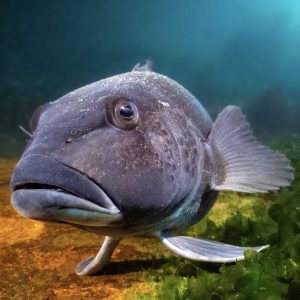At LegaSea we are regularly asked, “What is the story with everyone reporting their recreational catch?” and “do you support individual reporting?”
Short answer, no.
We prefer an independent assessment of all catch to avoid any bias that may arise from self-reporting.
We currently have internationally acclaimed, robust and reliable recreational estimation method designed by Bruce Hartill and his team at NIWA. This year the next national survey of recreational catch and detailed estimate of catch in north eastern NZ will get underway. LegaSea encourages all fishers that are asked to help in these surveys to provide accurate information and allow their catch to be measured.
There will be two surveys using different methods to provide an estimate of the number of fishers and their total landed catch.
The NIWA survey counts the number of boats engaged in fishing from the air using several planes. The surveys are undertaken on random days and notes are taken on things such as weather, day of the week etc. this allows the 60 survey days to be reliably scaled to cover the year. Combined, these methods give an accurate idea of the fishing effort day to day.
Interviewers on the main boat ramps count the number of boats and interview the occupants to find details such as the areas they fished (in general terms, hard to get the Spot X out of most fishers), hours spent on the water, methods used, number of each species caught and then finally measure the fish that were kept. Over 20,000 of these surveys are carried out some years. Combined, these methods give an accurate estimate of recreational harvest for the year.
At the same time the National Research Bureau’s (NRB) National Panel Survey interviews 7,000 people regularly over the space of a year to record their fishing trips and catch. A random sample of fishers are recruited using face to face interviews of dwellings so that they can be scaled across the country by using the Census information.
The results will be calculated independently, then compared for the main species. When the results of the two survey methods were compared in 2011¬-12 they provided remarkably similar results.
At the other end of the spectrum recreational self-reporting using a smartphone app could collect a large amount of messy data, rife with issues around coverage, the reliability, accuracy and honesty of the reports as well as the additional effort of monitoring and enforcement.
To throw away a tried and true method of estimation in favour of something that may never produce what we are hoping for seems foolish and irresponsible. Millions have been invested in developing our current method and to walk away from that would be a terrible waste of valuable resources.





